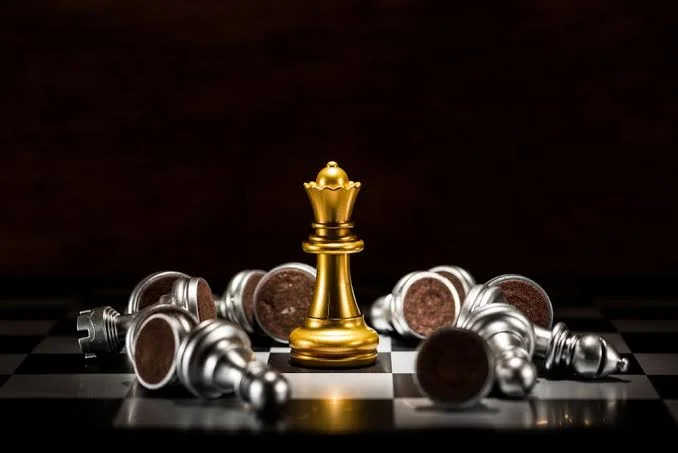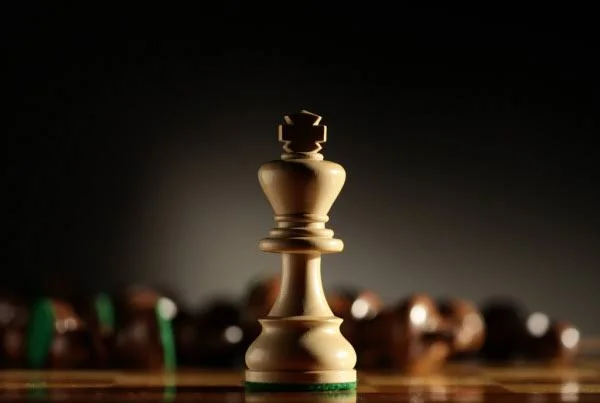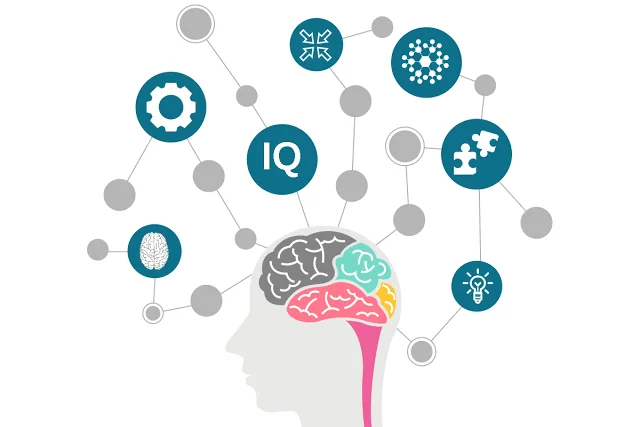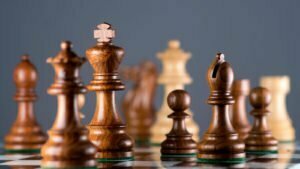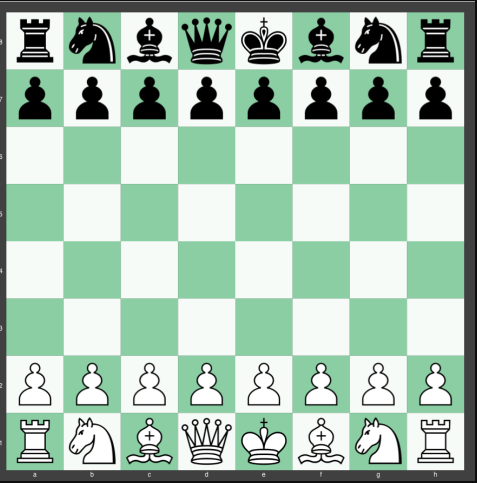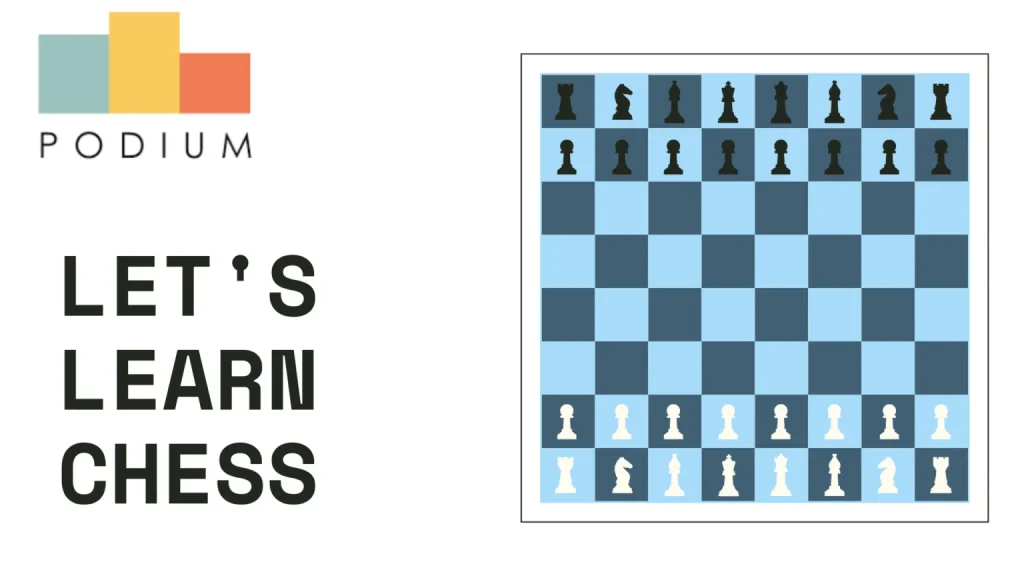You’ve probably heard that playing chess is good for a child’s brain development. The rumours are real, after all!
Chess has been one of the most popular and oldest indoor games in the world.
It is a game for all age groups. Moreover, every single action in the game involves a high level of involvement of all sections of the brain, which aids in improved functioning.
Chess has been popular in India for ages. The game, popularly known as Chhatranj, has its origins in popular Indian folklore. Teaching your children to play chess may be one of the most valuable gifts you can give them. The mind, like the body, needs exercise to be in top shape. Many people are unaware of the long-term mental benefits of chess. Beginning this game at an early age aids in the sharpening and improvement of general brain function.
If you already enjoy chess, the following article will make you even more enthusiastic. If you haven’t started yet, this article might perhaps inspire you to do so.
What Is Chess?
Chess is a board game in which two players compete against each other on opposing sides of a 64-square board with alternating colours and eight squares on each side.
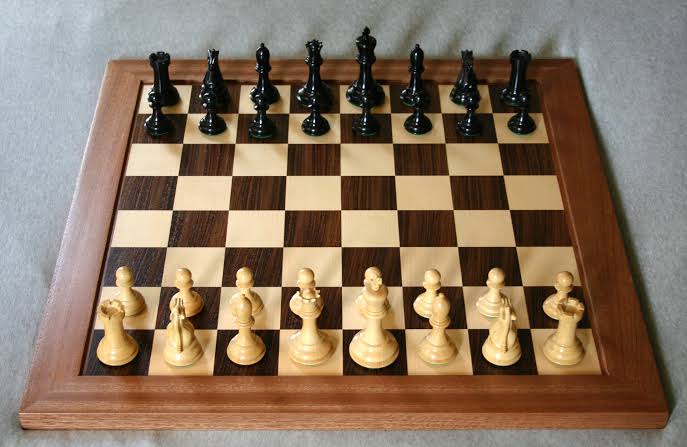
One king, one queen, two rooks, two knights, two bishops, and eight pawns are the pieces that each player starts with. The two opponents take turns moving one of their pieces to a different square on the board during the game. There are rules governing how pieces move and how to remove the opponent’s pieces from the board. One player has light-coloured pieces (usually white), while the other has dark-coloured pieces (usually black). The player with light pieces always makes the first move.
The game’s objective is to checkmate the opposing king. A checkmate occurs when the king is in danger of being captured (in check) and cannot escape. It’s the end of the game.
What Are The Equipments Required?
Chess requires at least a set of chess pieces and a chessboard to play. If participants choose to play a timed game, they’ll need a chess clock and they’ll probably use a score sheet to keep track of their moves. Two armies of chess pieces, each with eight pawns, two knights, two bishops, two rooks, a queen, and a king, make up a chess piece set.
With bright and dark pieces, players can identify their armies by their hues. Regardless of the colour of the pieces, the light side is referred to as “white,” and the dark side is referred to as “black,” evoking the ivory and ebony pieces of the past. The chessboard is divided into 64 squares in an eight-by-eight grid. The checkered board has dark and light squares. Ranks (rows) and files are used to organise the board (columns).
Chess clocks are devices that show how much time each player has remaining. After each player makes a move, they can also add more time for them (called increments).
Introduction To Chess Pieces
Chess pieces come in six different varieties. The pawn, the knight, the bishop, the rook, the queen, and the king are the pieces in the game. Each of those parts travels in its own way and has its own value. Pawns are worth one point each and do not count as pieces. Knights and bishops are both worth three points, while masters and computers believe bishops are worth slightly more. The small pieces are made up of knights and bishops.
The queen is worth nine points, while the rooks are worth five. The rook and queen are the most important pieces in the game. In chess, the king is the most valuable piece, and losing it means losing the game. It’s important to remember that a piece’s worth is merely an abstract concept that has no bearing on the game’s outcome. Even though a player may have a lot of material, if their opponent checkmates them, they will lose the game.
What Is The Initial Set-Up?
- To begin a chess game, you must first understand how to set up the board and pieces. As the board’s bottom-right square, it must be bright.
- Both players begin with eight pawns, two knights, two bishops, two rooks, a queen, and a king, as indicated in the preceding section.
- The white pawns are placed on the board’s second rank, while the black pawns are placed on the seventh.
- From the outside in, the rooks, knights, and bishops begin to fill the first rank for White and the eighth rank for Black.
- The setup is completed by the queen and king, with the queen always travelling to the square that matches its colour (the white queen on a light square, the black queen on a dark square).
The Moves And Rules Of Chess
In chess, each piece has a separate movement:
Pawn
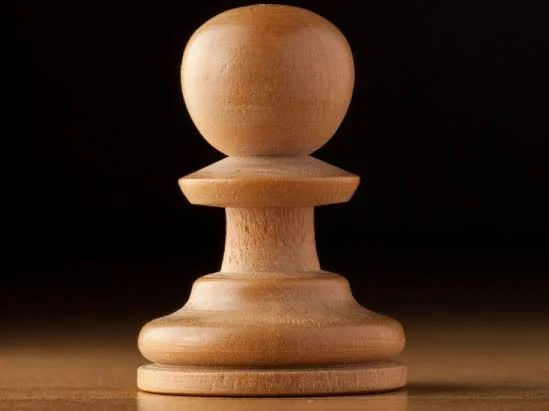
Pawns move one square up the board unless it’s their first move, in which case they can move two squares. It’s worth noting that they can’t go backward. The pawn is the only chess piece that captures pieces in a different way than it moves. It’s also the only piece that can use the unique en passant rule to capture.
Knight

The knight moves two squares horizontally and one square vertically, or two squares vertically and one horizontally. The knight’s movements mimic the letter “L” in capital letters. Knights are the only pieces that can jump over other pieces and capture them by landing on top of them.
Bishop
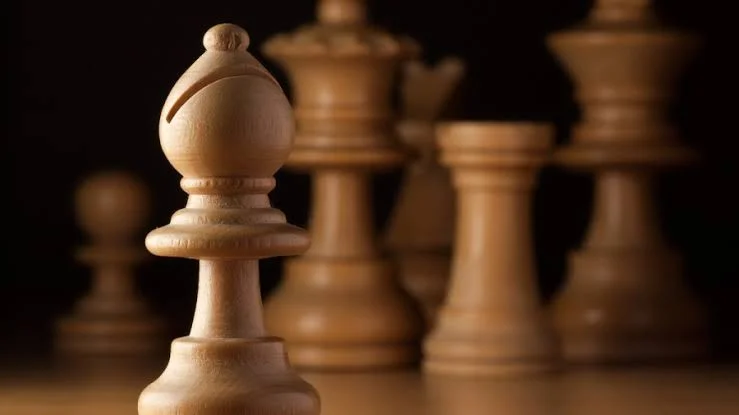
Any number of diagonal squares can be moved by the bishop. The bishop can never step on a square of a different colour than the one it started on because of the way it moves. The game begins with the players having two bishops, one light-squared and the other dark-squared.
Rook
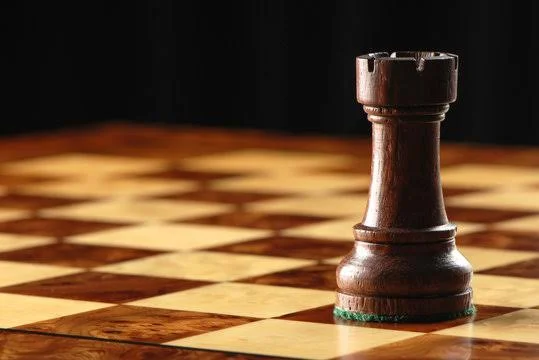
Any number of squares can be moved vertically or horizontally by the rook. Rooks are also the only pieces that can be castled with the king.
Queen
The queen is the board’s most powerful piece. It can travel as many squares as it likes diagonally, horizontally, or vertically (unless another piece blocks it).
King
The king has the ability to move one square in either direction. As previously noted, the king can apply the special castling rule in conjunction with a rook.
In a nutshell,
- If no piece blocks his route, the king may advance one square in any direction.
- The Queen may move any number of squares in any direction, straight or diagonally.
- The rook can travel in a straight line, horizontally or vertically, through any number of squares.
- Any number of squares can be moved diagonally by the bishop.
- The Knight is the only piece that can jump over another piece, whether it’s your own or the opponent’s.
Check And Checkmate

The king of a player is in check when it is attacked by an opposing piece. The player whose king is being attacked must either defend their monarch with one of their pieces, move the king out of range of the attacker, or capture the piece attacking their king. If the attacked player is unable to perform any of these actions, the king is in checkmate (commonly known as “mate”) and the game is lost.
Chess’s ultimate goal is to checkmate your opponent.
Special Rules
Chess has three unique rules that only apply in certain circumstances. The following are the three unique chess rules:
Castling
Players can build a castle to protect their king while also developing a rook. When a player castles, their king moves two squares to the left or right, and the rook from that side jumps over the king and lands next to it.
Only if all of the following conditions are met may a player castle:
- The king and rook have never been moved by the player.
- On the side where the player is castling, there are no pieces between the king and the rook.
- The king is out of control.
- Neither the opponent nor any of the squares are under attack between the king and the landing spot.
Pawn Promotion
Pawns can be promoted into any minor or major piece once they reach the rank that is the furthest from where they started. When White’s pawns reach the ninth rank, they promote, whereas Black’s pawns advance to the first.
Pawns can promote to any piece on the board, no matter how many or which other pieces are still present.
En Passant Rule
For a new player, the en passant rule is the most perplexing in chess. It’s a unique rule that permits pawns to capture other pawns under the following circumstances:
- The capturing pawn is three ranks lower than it was when the game began.
- On the opposite side, an enemy pawn advances two squares in one move, landing precisely near to the capturing piece.
- An en passant capture occurs when the pawn being captured lands near to the capturing pawn on the turn immediately following the previous one.
- The attacking player can choose to make an en passant capture if all of the prerequisites are met.
- The attacking piece moves one square diagonally ahead of the captured pawn, landing one square ahead of it.
Results Of The Game
A game of chess can be won, lost, or drawn. A player can win if he or she checks the opponent or if the opponent checks the player. The other player “flags,” or lets their time expire.If a player’s king is checkmated or if the time runs out, the player loses. In various distinct ways, the game can conclude in a tie. Draws by mutual agreement between players, threefold repetition, dead position, 50-move rule, and stalemate are only a few examples.
How Chess Impacts Children
Playing chess has numerous advantages for both adults and children. The majority of these advantages are related to the development and improvement of cognitive brain functions such as problem-solving, creative thinking, strategic planning, and memorization.
It also helps by potentially raising IQ levels while building self-confidence at the same time.
Let’s take a closer look at these advantages down below.
Improves Memory Function

One of the most important aspects of chess benefits is memory training and improvement. Research has shown that chess can have a big impact on improving a player’s memory.
A skilled chess player remembers previous moves, plays, and reactions from their opponent. It is a great memory exercise because it encourages remembering moves for a variety of strategical purposes.
Develops Problem Solving Skills

One of the most important abilities that children may learn is problem-solving, because it prepares them to deal with academic and personal challenges as they grow older. The capacity to address issues creatively is not a set skill.
Chess is a fantastic example of honing certain abilities. Chess necessitates a wide range of abilities, including analysis and logic. It’s a game that necessitates the ability to think, process, plan, and execute.
Raises IQ And Improves Concentration
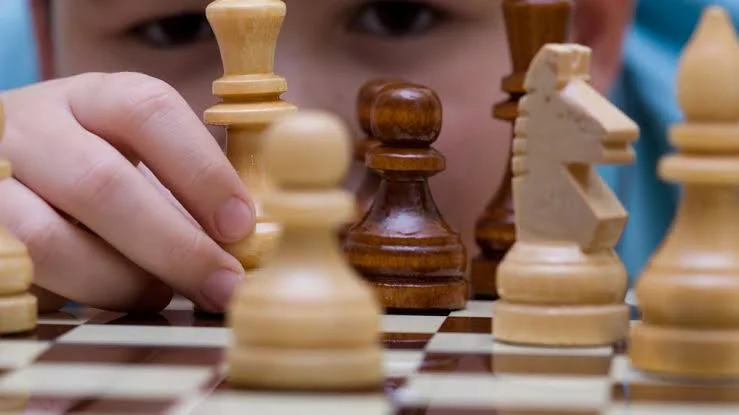
There appears to be a direct relationship between chess skill and intelligence. Learning the game at an early age has been shown to greatly increase a child’s IQ.
Concentration is one of the most important aspects of the game of chess. As a result, playing chess will aid in the development of your child’s focus and concentration, not only in chess but also in other situations in life.
Promotes The Development of Creative Thinking
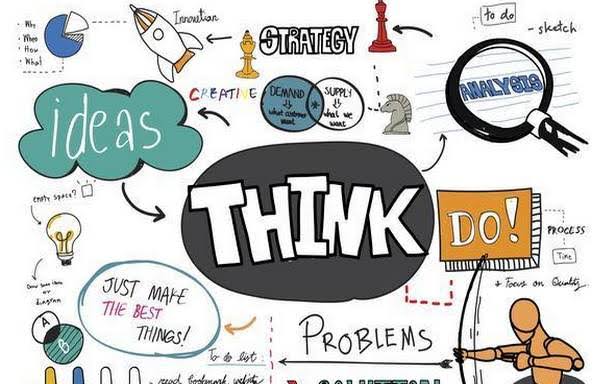
Chess actively stimulates both the right and left lobes of the brain. The left half of the brain is in charge of analytical and methodical thinking, whereas the right side is in charge of creative or artistic thinking.
For students, creative thinking, which goes hand in hand with critical thinking, is a vital skill. It’s essential because it allows you to really see problems and situations in a new light. Playing chess greatly enhances creative and artistic thinking, even though most people may not be aware of it!
Teaches Foresight And Planning
Students must have planning abilities in order to be successful in the classroom on a regular basis. The ability to design a strategy and then anticipate the outcome is an important element of chess. These characteristics are essential not only in the game of chess, but also in life!
Being able to better prepare for life’s ups and downs teaches children how to tackle problems and overcome hurdles in productive and efficient ways.
Encourages Sportsmanship
Many students find it difficult to learn how to be a good sport when things don’t go their way. Developing sportsmanship entails more than simply teaching children how to behave politely during and after a game. It encourages teamwork while also instilling values such as respect, discipline, kindness, perseverance, and others.
Chess aims to enlighten people of all ages about justice and sportsmanship. It creates an atmosphere in which one must be prepared to win or lose gracefully, regardless of the outcome.
Engages The Mind OFF Of Screens

It should come as no surprise that the quantity of screen time youngsters are subjected to these days is affecting their capacity to concentrate and focus. Chess is an excellent strategy to help children cope with the negative effects of the digital era by immersing them in an activity that IMPROVES attention while simultaneously providing a fun hobby away from screens.
Chess Links You To Other People
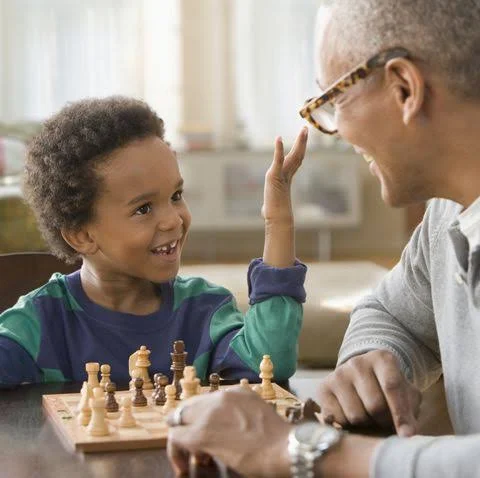
According to research, activities that connect children with others (particularly their parents) can have a significant favourable impact on their general brain health. Chess, unlike computer games or television, fosters human connection through healthy competition. We polled chess enthusiasts and were ecstatic to hear that every single one of them had fond memories of learning the game as a child. Teaching a youngster to play chess not only helps to develop a healthy brain, but it also helps to sustain great connections and create long-lasting memories.
Final Thoughts
The most important benefit of all is simply having fun! It is among the oldest board games in history, with nearly limitless options. This adds to the game’s excitement and vigor. Nothing could be more enjoyable than defeating an opponent in a renowned game of strategy and skill.
The most important thing is that the skills taught via this game extend beyond the board and prepare the player for life’s challenges and issues, teaching them how to overcome them creatively. As a consequence, teaching your children to play chess may be one of the most beneficial things you can do for them.
The advantages of chess for children are virtually limitless. If chess is not part of your school’s sports curriculum, you should either teach your children at home or enrol them in a programme where they may develop a passion for the game. Thus, it’s never too late to start learning to play chess. So why not get started today and reap the many long-term benefits that the game has to offer?
Therefore, we, at Podium, are delighted to inform you that we provide one-on-one chess lessons that can assist you in mastering this strategic game and reaping its rewards.
Podium hopes that you give us a chance to be your guide to chess. Do explore our chess classes and sign up for a free trial with our experienced faculty.
Also, check out our blog for more information regarding various aspects of chess, including gameplay, different tactics like the French Defense, and more!
Stay on board with us for more updates and don’t forget to catch our new article on 10 Simple Tips to Limit Screen Time for Kids!
FAQ’S Section
Why is chess good for students?
Chess helps children develop general learning skills, crucial social/interactive skills, and a wide range of intellectual abilities. Many countries have recognised the importance of chess teaching and have made it a part of their educational systems.
Does chess require intelligence?
Chess, as a game entirely based on the mind, must necessitate intelligence. However, it isn’t comprehensive and likely only reflects a tiny subset of cognitive talents. Furthermore, like with everything, practise and study are far more important until you reach world-class levels.
Is chess an educational game?
Chess is a fantastic way to learn new things. According to studies, there is a considerable link between learning to play chess and academic success. Other research from across the United States and Canada shows that chess improves math and reading skills on standardised examinations.
How does chess help develop creativity?
Chess boosts a person’s ability to be creative in a significant way. When people think of the skills that chess might help them improve, they often think of reasoning and attention. Although these abilities are necessary for the game and can be developed over time, inventiveness is also required.
Which chess piece is stronger?
With the capacity to move any number of squares vertically, horizontally, or diagonally, the queen is possibly the most powerful piece in chess.
What does “endgame” mean in chess?
In a strategic game such as chess or backgammon, the endgame is the last phase. In chess, your endgame is defined by the last few moves you make. Although there is no formal meaning for the term “endgame” in chess, it has long been used by players to describe what happens when there are just a few pieces remaining on the board.
What is the final move in chess called?
Checkmate is one among the most common methods of concluding a chess game. This occurs when one of the players threatens the other’s king, preventing it from moving to other squares, being defended by another piece, or being captured by the checking piece.
Share with your friends

